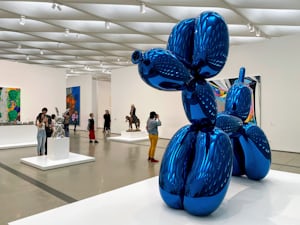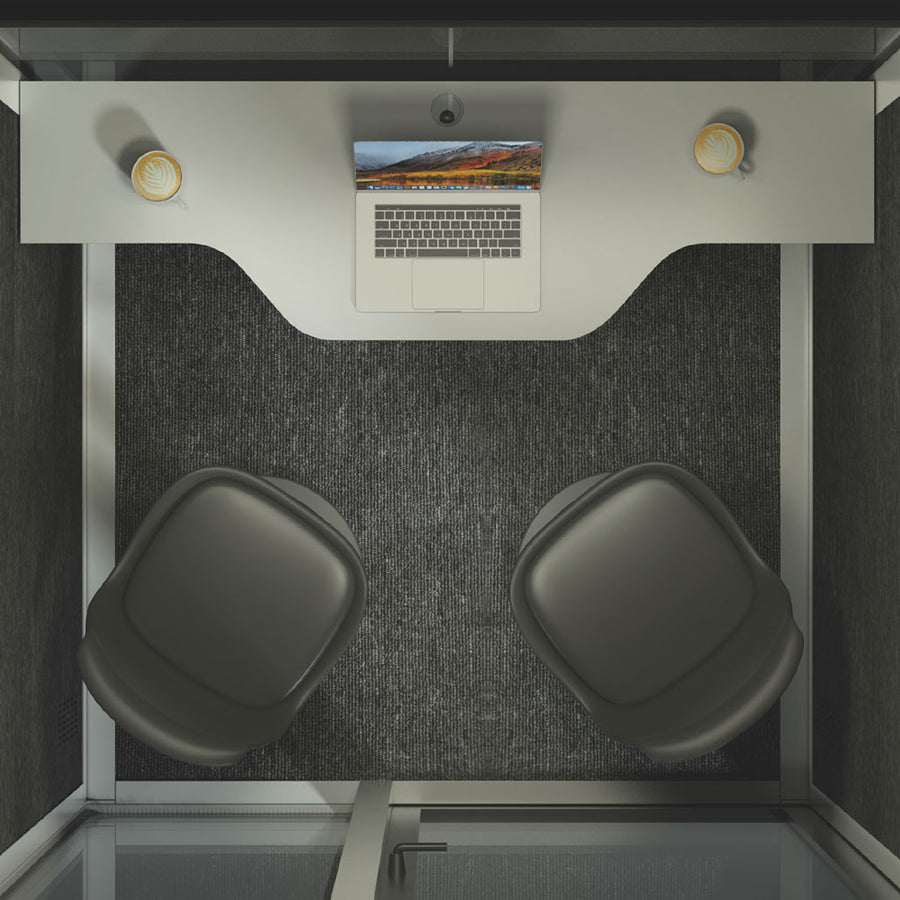Contemporary art, a dynamic and ever-evolving realm, stands as a testament to the human spirit’s unyielding desire for expression and innovation. This journey through the fascinating history of contemporary art is a riveting exploration of societal shifts, cultural revolutions, and the ceaseless evolution of artistic paradigms.
From the Post-War Period to the Digital Age
In the aftermath of World War II, a seismic shift occurred in the art world. Abstract Expressionism emerged as a bold departure from traditional artistic norms, with luminaries like Jackson Pollock and Willem de Kooning leading the charge. The canvas became an arena for emotional release, a visual diary reflecting the turbulence of the times.
As the 1950s and 1960s unfolded, Pop Art burst onto the scene, challenging the highbrow exclusivity of the art world. Artists like Andy Warhol and Roy Lichtenstein celebrated mass culture, blurring the lines between art and everyday life. Soup cans, celebrity portraits, and comic book aesthetics became iconic symbols of a society in the throes of consumerism.
In the late 1960s, conceptual art emerged, emphasizing ideas over tangible artistic products. Visionaries like Yoko Ono and Marcel Duchamp questioned the very essence of art, challenging viewers to contemplate the conceptual underpinnings of creativity. Installations, performances, and ephemeral pieces invited audiences to engage in a more cerebral artistic experience.

The 1970s witnessed the rise of Minimalism, a movement that sought to distill art to its essential elements. Artists like Donald Judd and Agnes Martin embraced clean lines, geometric forms, and a reductionist aesthetic. Minimalism was a reaction against the excesses of the preceding decades, offering a visual palate cleanser that emphasized simplicity and precision.
Amidst the economic boom of the 1980s, Neo-Expressionism emerged as a raw and emotional response to the prevailing societal ethos. Artists like Jean-Michel Basquiat and Julian Schnabel pushed boundaries with a return to figurative and expressive forms. Simultaneously, the art market experienced the most dramatic surge in the history of contemporary art, with record-breaking auctions transforming artists into celebrities and investments.
As the world hurtled into the digital age, contemporary art underwent a radical transformation. The internet became both a canvas and a gallery, democratizing access to art while challenging traditional notions of authorship and ownership. New media artists like Nam June Paik and Bill Viola pioneered the integration of technology, expanding the boundaries of artistic expression.
The History of Contemporary Art. A Canvas Unfinished
The narrative of contemporary art is not confined to the annals of history; rather, it extends an open invitation to the future. The canvas, though marked by the strokes of past masters, anticipates the daring brushstrokes of those yet to come. It is a tapestry unfurling in real-time, reflecting not just the past but a dynamic dialogue between artist and era.
As we stand at the threshold of an unknown artistic epoch, contemporary art whispers a promise – a promise of evolution, innovation, and uncharted territories. The very essence of this art form lies in its ability to transcend boundaries, challenge norms, and encapsulate the zeitgeist of its time.
The future brushstroke on the canvas of contemporary art is both an enigma and a beacon. What new movements will emerge? How will technology, society, and global dynamics shape the palette of artists yet unborn? The answers lie in the hands of creators who will navigate the uncharted waters of expression, responding to the ever-shifting kaleidoscope of the world.
So, here’s to the future brushstroke – an emblem of possibility, a catalyst for change, and a testament to the boundless potential of human creativity. The canvas of contemporary art awaits its next chapter, and with it, the artists who will boldly step into the unknown, wielding brushes dipped in the hues of innovation and imagination. The history of contemporary art is not a conclusion; it is an ever-expanding saga, an unfinished masterpiece waiting for the next stroke to be added to its captivating narrative.





